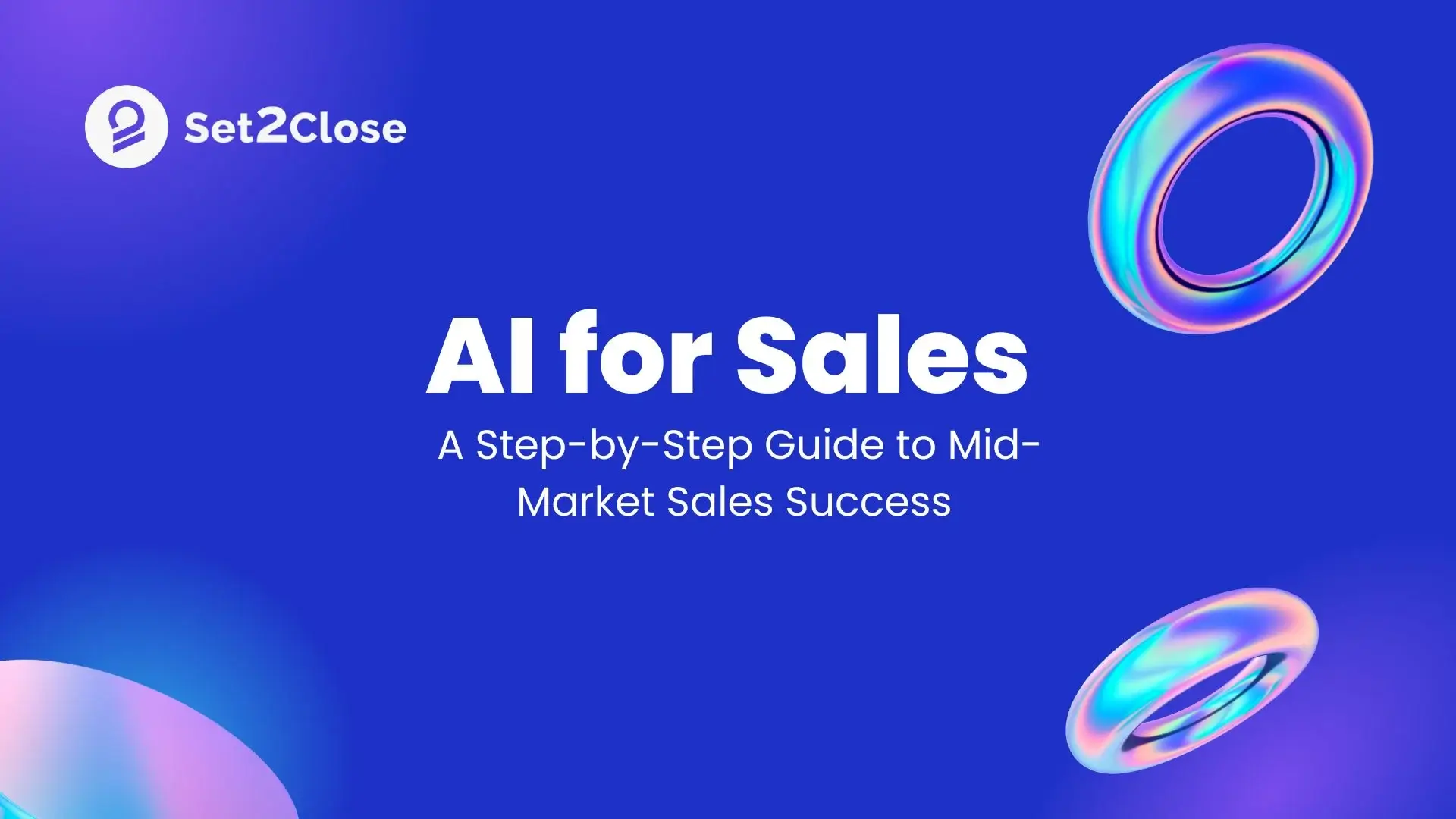Effective email marketing can transform your business's communication strategy, and HubSpot offers a robust platform to make this process seamless. Whether you're just starting or a seasoned pro, this guide will walk you through the steps to create, manage, and optimize email templates in HubSpot, helping you streamline your efforts, save time, and boost engagement rates.
Building Templates and Sequences
Access the Email Tool
Navigate to the Marketing section in HubSpot and click on "Email." This is your starting point for creating impactful email templates.
Choose an Email Type
Select the type of email you want to create. HubSpot offers a variety of options, such as Regular, Automated, Blog/RSS, etc. Choose based on your campaign needs.
Select a Template
HubSpot provides pre-designed templates to get you started. You can choose from these or create a custom template from scratch. If you're creating a custom template, you have the flexibility to design it according to your brand's aesthetic.
Design Your Template
Use HubSpot’s drag-and-drop editor to add elements like images, text, buttons, and social media links. Ensure that your design is responsive so it looks great on both desktop and mobile devices.
Customize the header and footer to include your company logo, contact information, and any legal disclaimers.
Save Your Template
Once you’re satisfied with the design, save your template. This allows you to use it repeatedly, ensuring consistency across your email campaigns.
Managing Email Sequences
Create a Workflow
Go to the Automation section and click on "Workflows." Here, you can create automated email sequences.
Define the enrollment criteria for your workflow. This could be based on user behavior, list membership, or lifecycle stages.
Add Email Actions
Within your workflow, add the email actions by selecting the templates you created. Schedule the timing for each email to ensure they are sent at the optimal times.
Personalize Your Emails
Use personalization tokens to make your emails more relevant to each recipient. This can include their name, company, or other personalized details.
Segment your audience to send more targeted messages. HubSpot allows you to create lists based on various criteria like engagement level, location, or past purchase behavior.
Test Your Workflow
Before activating, test your workflow to ensure all emails are sent correctly and the timing works as expected. HubSpot’s testing tools can simulate the workflow to identify any potential issues.
Optimizing Your Email Campaigns
Monitor Performance
After launching your email campaigns, keep a close eye on their performance. HubSpot provides detailed analytics on open rates, click-through rates, bounce rates, and more.
Use A/B testing to experiment with different subject lines, email content, and sending times. This helps identify what resonates best with your audience.
Analyze Data
Dive into the data to understand which emails performed well and why. Look for patterns in subject lines, content types, and call-to-action placements that correlate with higher engagement rates.
Make Adjustments
Based on your analysis, make necessary adjustments to your email templates and workflows. This could involve tweaking the email design, changing the frequency of emails, or refining your targeting criteria.
Iterate and Improve
Email marketing is an ongoing process. Continuously iterate on your strategies based on feedback and performance data. Stay updated with the latest email marketing trends and HubSpot features to keep your campaigns effective.
Common Pitfalls to Avoid
Ignoring Mobile Optimization
Ensure your emails are mobile-friendly. A significant portion of users open emails on mobile devices, so a non-responsive design can lead to high bounce rates.
Overlooking Personalization
Generic emails are less likely to engage recipients. Utilize HubSpot’s personalization features to make your emails more relevant and engaging.
Failing to Segment Audiences
Sending the same email to your entire list can lead to lower engagement. Segment your audience to tailor your messages to different groups.
Neglecting Analytics
Regularly review your email performance analytics. Ignoring this data can result in missed opportunities for optimization and improvement.
By following these steps and leveraging HubSpot’s powerful tools, you can create, manage, and optimize email templates that not only save you time but also significantly enhance your engagement rates. Whether you're a beginner or an experienced marketer, these tips and tricks will help you maximize the effectiveness of your HubSpot email campaigns.
FAQs
What are the benefits of using HubSpot for email marketing?
HubSpot offers a comprehensive suite of tools that streamline the process of creating, managing, and optimizing email campaigns. With its user-friendly interface, robust automation features, and detailed analytics, HubSpot helps marketers save time, improve engagement rates, and drive better results.
How can I ensure my email templates are effective?
To ensure your email templates are effective, focus on creating visually appealing designs that are responsive across devices. Use personalization to make emails relevant to recipients, segment your audience for targeted messaging, and continually test and optimize your templates based on performance data.
What is A/B testing and how can it improve my email campaigns?
A/B testing involves creating two versions of an email and sending them to different segments of your audience to see which performs better. By testing different subject lines, content, and send times, you can identify what resonates best with your audience and optimize future campaigns for better results.
How do I segment my audience in HubSpot?
In HubSpot, you can segment your audience by creating lists based on various criteria such as demographics, engagement level, past purchase behavior, and more. Segmentation allows you to tailor your messages to specific groups, increasing the relevance and effectiveness of your emails.
What should I do if my email engagement rates are low?
If your email engagement rates are low, start by analyzing your performance data to identify areas for improvement. Consider adjusting your email content, design, and subject lines. Ensure your emails are personalized and relevant to recipients, and experiment with different send times and frequencies. Continuously test and optimize your campaigns to improve engagement.
How can I stay updated with the latest email marketing trends?
To stay updated with the latest email marketing trends, follow industry blogs, attend webinars and conferences, and participate in online communities. Regularly check for updates and new features in HubSpot, and experiment with new strategies and tools to keep your email marketing efforts fresh and effective.
Related Articles

Email Marketing: Dodging Google’s New Spam Filters Like a Ninja!
As digital communication becomes increasingly sophisticated, so do the challenges and opportunities within email marketing. This comprehensive guide delves deep into strategies and insights aimed at...